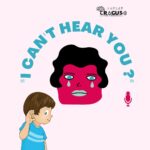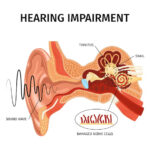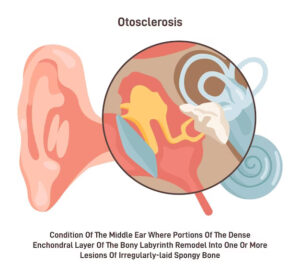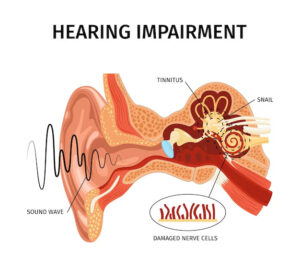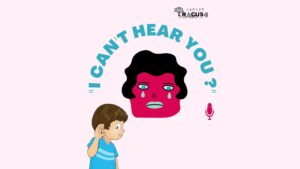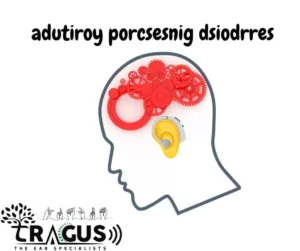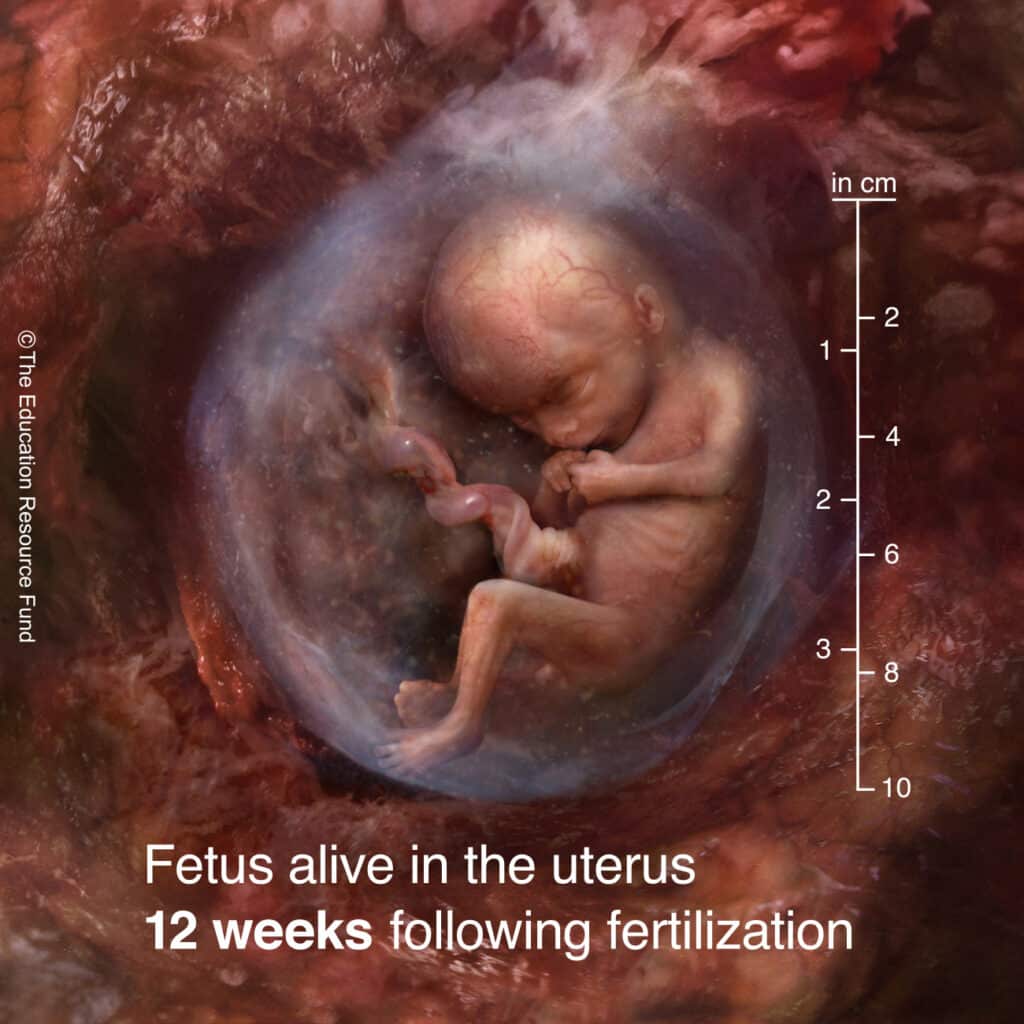
Introduction
The development of hearing in fetuses has been a topic of interest for researchers, educators, and parents alike. This review looks at all of the current research and literature on how fetal hearing develops. It starts with the early stages of the development of the auditory system and goes on to talk about the types of sounds that fetuses can hear and how these sounds might affect their future development.
Hearing Development
The human auditory system starts developing early in the prenatal stage. At around the 18th to 24th week of gestation, the fetus can begin to perceive sounds from its environment (Moon & Fifer, 2000). By the 28th week of pregnancy, the cochlea has reached its adult size and the hearing system is thought to be fully functional (Sharma, Nash, and Dorman, 2009). The development of the auditory cortex continues postnatally, with significant changes occurring during the first few years of life (Kral & Sharma, 2012).
Auditory Perception in Fetuses
Fetuses can hear a wide range of sounds, from low-frequency sounds like the heartbeat of the mother to higher-frequency sounds like speech and music (DeCasper & Spence, 1986; Hepper, 1991). Research has shown that fetuses can distinguish between different voices and recognize familiar speech patterns and melodies (DeCasper & Fifer, 1980; Kisilevsky et al., 2009).
Effects on Development
Exposure to auditory stimuli during pregnancy has been linked to a child’s cognitive, emotional, and language development, among other things.
Cognitive development: Moon and Fifer (2000) found that early exposure to sounds, especially speech, may help children learn how to remember things and think clearly.
Emotional development: Prenatal exposure to familiar voices, especially the mother’s voice, has been shown to have a soothing effect on newborns (DeCasper & Fifer, 1980). (Kisilevsky et al., 2009) found that this early bonding experience can have long-term effects on the child’s emotional growth and attachment to the primary caregiver.
Language development: The prenatal period is crucial for language development, as it has been found that exposure to native language sounds can affect the newborn’s ability to discriminate between languages (Partanen et al., 2013). Additionally, exposure to music during pregnancy may positively impact a child’s language and literacy skills (Gerry, Unrau, & Trainor, 2012).
Conclusion
Fetal hearing development is a critical component of a child’s overall growth and development. Understanding how the auditory system develops over time, what kinds of sounds a fetus can hear, and what these sounds might mean for the child’s development can help parents, teachers, and medical professionals better meet the needs of children as they grow.

